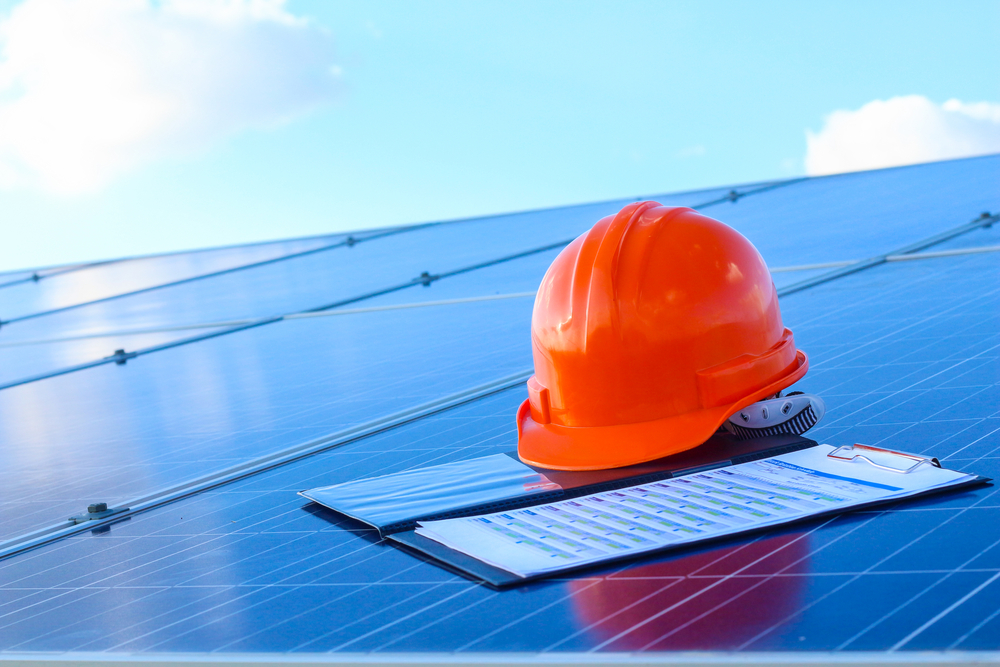Solar projects are in best interest of island environment, residents, according to analyses
HILO — Two solar projects proposed for Hawaii Island would benefit the environment and residents’ pocketbooks.
That’s according to analyses contained in power purchase agreements between Hawaii Electric Light Co. and developers AES and Innergex.
On Hawaii Island, AES and Innergex are seeking to each build 30-megawatt solar farms with battery storage in West Hawaii.
According to the documents, the projects are estimated to each shave about $7 off the bill for a residence using 500 kilowatt hours a month as of 2023, a year after they are expected to begin operations.
That point was highlighted in a press release from Hawaiian Electric, HELCO’s parent company.
“We believe strongly that the renewable energy transformation should benefit everyone and these seven projects will help stabilize customer costs while reducing our reliance on imported fossil fuel and cutting greenhouse gas emissions,” said Shelee Kimura, Hawaiian Electric’s senior vice president of business development and strategic planning.
HELCO is currently proposing a 3.4 percent increase in its base rates that would cost a residential customer using 500 kilowatt hours another $8.21 per month.
According to the proposals, AES would sell power from its Waikoloa Solar project to HELCO at 8 cents per kilowatt hour. The project would sit on about 300 acres of land about 2 miles southeast of Waikoloa Village.
The cost of power from Innergex’s Hale Kuawehi solar farm on Parker Ranch land would be 9 cents per kilowatt hour. The project area would be about 300 acres near the intersection of old Saddle Road and Mamalahoa Highway.
Those rates are less than the current cost of fossil fuel generation, which is about 15 cents per kilowatt hour, according to HECO.
Marco Mangelsdorf, owner of ProVision Solar, said it’s a big deal that HELCO is now seeing solar, with the help of battery storage, as a dispatchable source of power.
“What that means in layman’s terms is they can take as needed and turn it on and off,” he said.
“We’re heading in the right direction,” Mangelsdorf added.
According to the PPAs, each project would have 120 megawatts of battery storage, enough to provide four hours of electricity at maximum output.
The cost of power from the solar projects also is less than the PPA for Hu Honua’s bioenergy plant being built near Pepeekeo.
Under its amended PPA, the “all-in levelized cost” is estimated at 22.1 cents per kilowatt hour. That includes a fuel component of 8 cents per kilowatt hour plus other variable and fixed payments.
A cost analysis from HELCO found the project would save ratepayers $1.21 per month over the life of the 30-year contract, assuming Hamakua Energy Partners closes in 2030. If HEP still runs through 2045, then Hu Honua would add on average $2.43 to bills.
Warren Lee, Hu Honua president, said the 21.5-megawatt power plant is now anticipated to be complete around March.
Both AES and Innergex are seeking 25-year contracts with the utility for the Hawaii Island projects. Over that time period, they are estimated to reduce greenhouse gas emissions by a combined 365,758 tons by displacing fossil fuel generation.
Rates would be fixed during that period.

